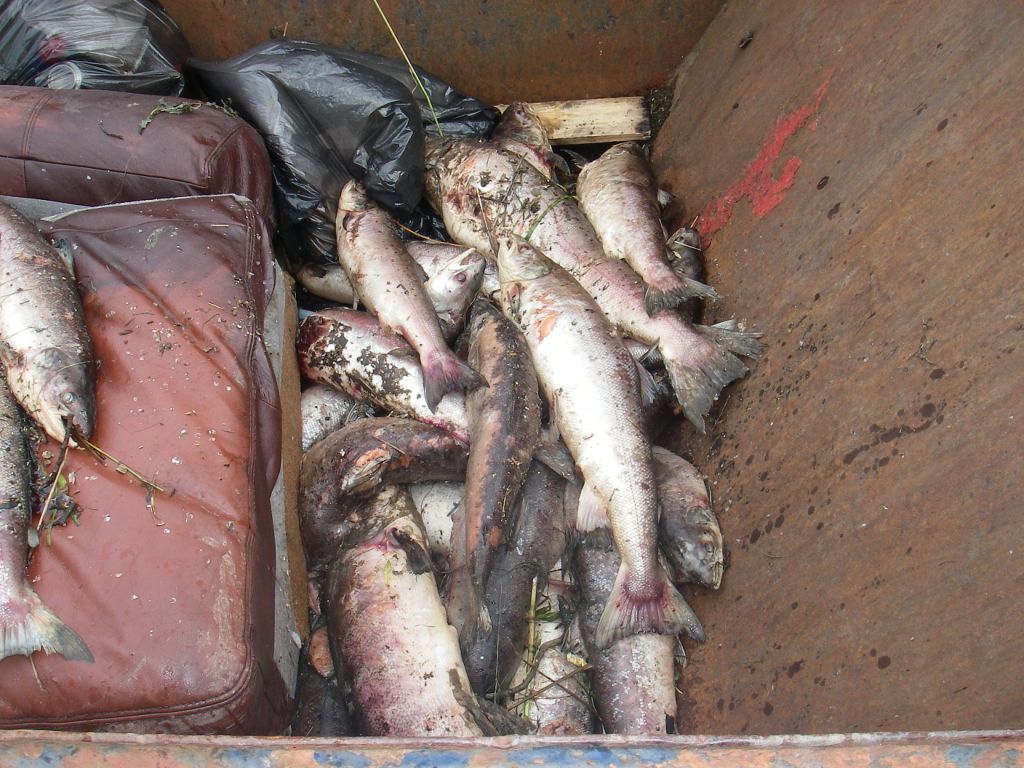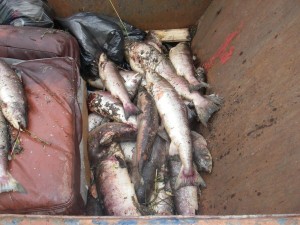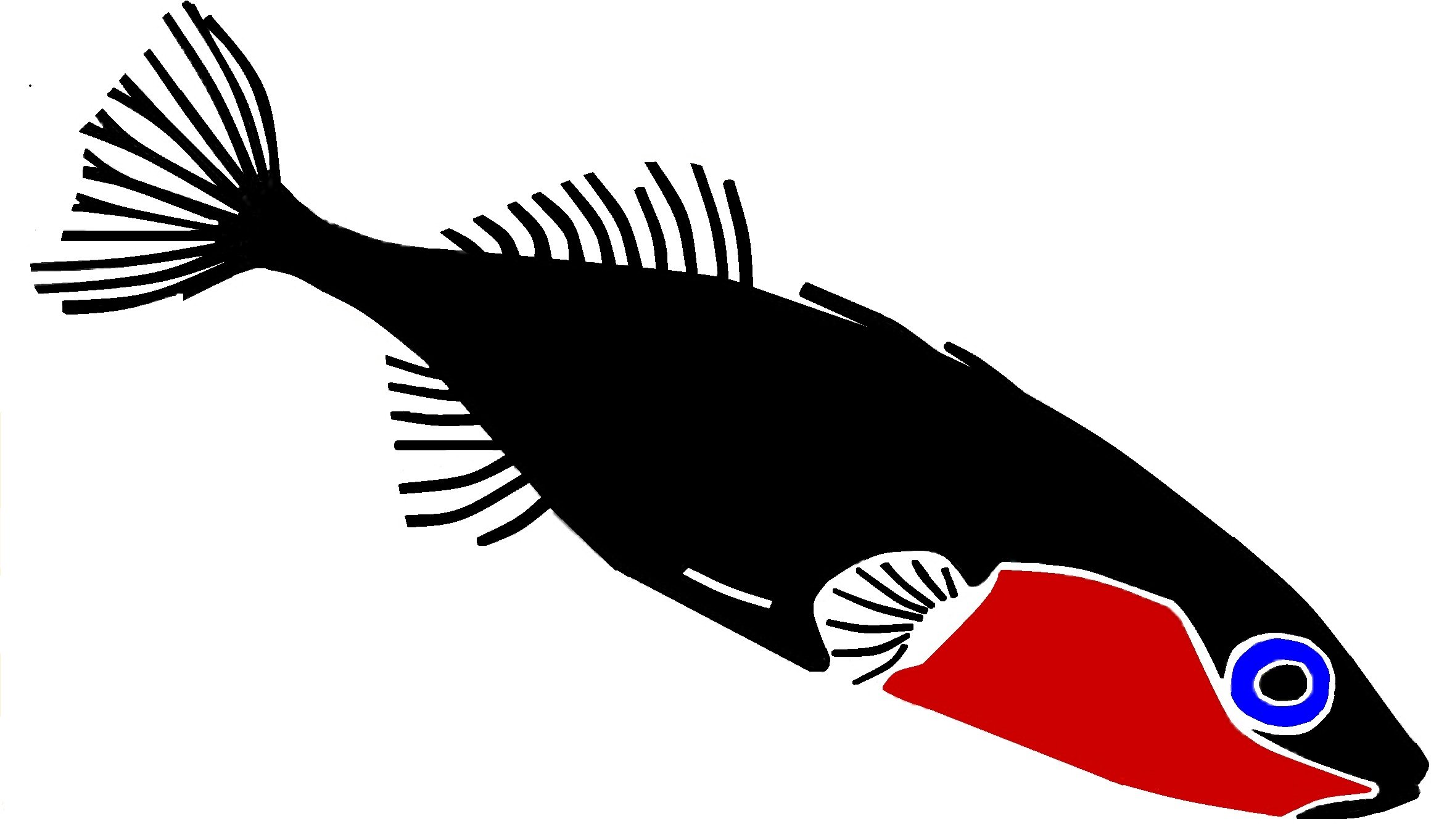SEPA latest on the lower Clyde fish kill

Willie Yeomans, Catchment Manager of the Clyde River Foundation, attended the Clyde Water Framework Directive AAG meeting on October 11th where Stephen Cowie and George Rattray of SEPA presented the findings of an investigation into the fish kill which occurred on the lower Clyde in late July 2013. SEPA were informed about dead fish (salmon and flounder, an estimated 200 fish in total) upstream of the Tidal Weir near Glasgow Green on Sunday 28th July, although the event is thought to have occurred around July 26th. Below is a summary of the information presented at the meeting.
- SEPA has four monitoring stations on the main stem of the Clyde (at Daldowie, the Tidal Weir, the Science Centre and Braehead) which record levels of dissolved oxygen, turbidity, flow and temperature. At the time of the fish kill a combination of factors including low flow, high temperature and urban run-off/sewer overflows contributed to low levels of dissolved oxygen in the river.
- Dissolved oxygen (DO) was found to be particularly low at the Tidal Weir compared to the three other monitoring sites at the time of the incident. The UK Technical Advisory Group on the Water Framework Directive advises that ‘to avoid damage to salmonids, DO values should not fall below 4 mg/l for more than an hour, more than once per year’. At the Tidal Weir, levels dropped to below 1mg/l for a few hours, and were below 4mg/l for almost two days.
- Water temperature was high in the days leading up to the event (ranging from approximately 19 to 20°C on the 26th) and there was a distinct peak in turbidity (the measure of suspended particles in the water) at the time of the event. This high turbidity can be attributed to an influx of pollution to the river caused by an unusual storm event on the afternoon of July 25th. A 1-in-4-year rainfall event occurred during a 30 minute period, which is likely to have flushed Combined Sewer Overflows (CSOs), and caused sewage treatment works to overflow. Increased ammonia levels were therefore another possible contributing factor.
- Finally, in addition to these unfavourable changes in water quality, the operation of the Tidal Weir may have compounded the situation by allowing a run of salmon into the area immediately upstream but preventing them from retreating downstream when the water quality was poorest.

It is deeply regrettable that these incidents occur intermittently at this location and it confirms that our current infrastructure and river management are not fully compatible with sustaining migratory fish populations. Collectively, we need to do better than this; these were large, iconic animals dying in plain sight and with increasing runs of salmon and sea trout migrating through the lower Clyde and ongoing climate disruption, this issue is not going to go away. We need to future-proof the lower Clyde.
The need for rapid reporting and clear communication in the case of such events was discussed. We would encourage you to report any pollution incidents to SEPA as soon as possible on their Pollution Hotline – 0800 80 70 60. When reporting an incident, please provide as much detail as you can about the location, type and duration of the incident, including photographs if possible.
